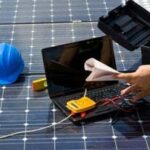
Solar panel efficiency measures how well a photovoltaic cell or panel converts sunlight into usable electricity, with higher efficiency translating into more power output for the same amount of sunlight. The efficiency of solar panels depends on several factors, but the intensity and spectrum of the sunlight playing a significant role in determining the efficiency of any photovoltaic solar panel
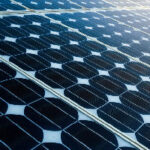
Photovoltaic solar panels can be connected in parallel to increase the current and therefore power output of a pv array. The current outputs of the panels add together but the panel voltages must be the same for maximum array efficiency. Connecting solar pv panels together of different voltage ratings is not recommended.
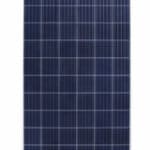
Photovoltaic solar panels require sunlight (irradiance) to generate power so understanding how to connect solar panels in series strings is important. Not everyone can purchase the same model solar panel so wiring different wattage solar panels in series will increase the voltage but reduce the current and power output. Series connected photovoltaic panels can be used to charge batteries, operate motors, or to power any number of electrical loads as the output voltage is higher compared to a single panel
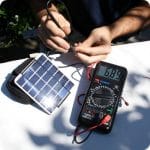
Measuring the output power of a solar panel, cell or array gives a better understanding of the systems power performance. One of the main disadvantages of solar panels as a renewable energy device is their lack of output power when there is no sun. The performance of photovoltaic solar panels can be determined by measuring the relationship between the panels voltage, current, and therefore power output under different meteorological conditions to determine the exact amount of electrical power available from a particular solar panel
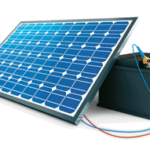
DIY solar power systems do not have to be large home built constructions as there are plently of plug ‘n’ play home solar kits available for all sorts of applications. Designing your diy solar power kit or system requires you to make a few decisions first, such as, do I want a grid-connected or an off-grid connected system, do I want or need storage batteries as part of my system, and what are my energy requirements or daily consumption. Making solar generation from a diy kit a reality helps reduce the amount of electricity you pull from the utility grid
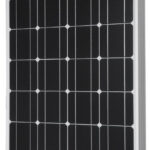
Connecting solar panels together is a simple and effective way of increasing your solar power capabilities. Solar panels can be wired in a series or parallel combination to produce more output voltage or to produce more current. Connecting solar panels together to form bigger arrays is not that complicated but it is important to note that to get the best from your solar array it is preferred that panels of the same nominal voltage and wattage are connected together
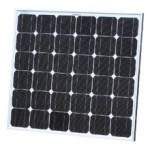
How many solar cells do I need for a solar photovoltaic panel to generate electricity is one of the main questions asked in many forums. Solar photovoltaic panels capture light from the sun and convert it to clean power but solar panels and modules are not one big piece of silicon, but instead are made by combining many smaller solar cells together. Conventional solar panels, either monocrystalline or polycrystalline panels use invidual solar cells electrically connected together to provide a panel with a rated output power. The amount of electricity generated annually by a photovoltaic panel will depend on a whole range of factors but the more solar cells you have the free electrical energy you can generate
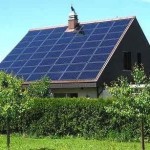
Solar array sizing is one of the first questions asked by home owners as they decide on how many solar photovoltaic panels they need. Bigger is not always better as to some extent it is based on your electricity consumption and other constraints such as budget, suitable roof space and planning approvals. While large residential solar systems may seem cheaper than small ones per cost of panel or payback period, energy efficiency changes to your home, such as insulation, LED lighting, and efficient appliancies may pay off even quicker than solar
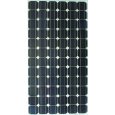
180 watt 24 volt solar panel is ideal for use in powering grid-connected or off-grid solar power systems and with the aid of a charge controller for charging deep cycle battery banks too. Connecting together with other 180 watt panels either in series or parallel to create larger roof mounted solar arrays of many kilo-watts with higher voltage or higher current configurations compared to a single panel. When used with an inverter to convert the dc current of the array to an ac current of the utility grid, these panels will soon recoup their investment
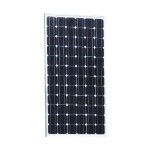
140 watt solar pv panels are designed for installation on a roof or in the garden to provide free solar power as part of a grid-tied installation. 140 watt panels come as 24 volt units for connecting directly to an inverter allowing you to connect them with other solar panels to create high wattage solar arrays to feed their power directly into the utility grid. Voltage optimised 140 watt solar panels are ideal for use in powering either on or off-grid solar systems or for charging 24 volt battery banks